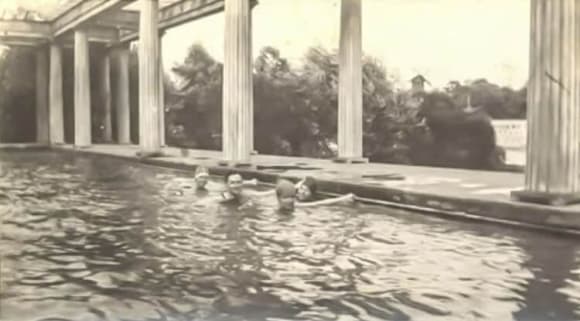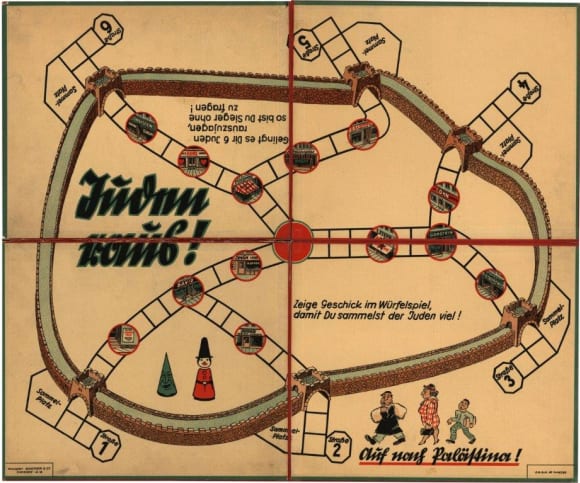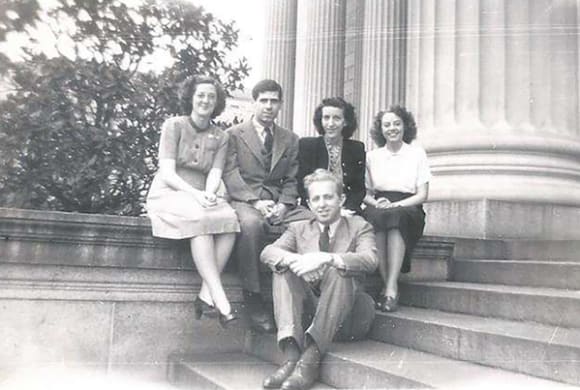The History Behind The Codebreaker's Daughter
Fact: Eccentric textile magnate George Fabyan did have many of the quirks portrayed in the novel, from digging model trenches on his property to hosting his guests at his Roman-themed swimming pool, pictured below. (You can learn more about Riverbank and find out how to visit here…tours are open to the public!) The Chamber of Horrors, with its models of the human spine and posture experiments, was one of Fabyan’s many varied scientific research projects. The novel’s plotline about his patronage of WWI codebreakers and his tense relationship with the Freidmans is also accurate, including incidents where he tapped their classroom, read their mail to destroy competing job offers, and exercised coercion and threats to convince them to stay.

Fiction: There were several notable arrests of fifth column spies during the war years, many of whom were once associated with organizations like the German Bund, but the OSS never identified any infiltrators. A few agents suspected of fascist or strong communist leanings were weeded out during interviews and psychological testing, however, so The Codebreaker’s Daughter serves as my “what-if” for the scenario of a double agent making it through.
Fact: The board game Juden Raus! was created in 1938 by a private company just as Mr. Agnew describes. It showed no Nazi insignias (the Nazis felt the game trivialized the serious deportation policies they supported). The goal of the game was to round up six caricatured Jewish pawns and bring them to the collection site to be sent away to Palestine. The Wiener Holocaust Library has two copies on display as a reminder of the appalling effect of antisemitism aimed at the country’s youngest citizens.

Fiction: While the OSS created and used ciphers in their work and supported resistance groups in occupied countries, the Italian resistance cipher Dinah works on in the novel is fictional (although the book she uses for research in the Freidmans’ collection does exist). I chose not to give the credit for an actual project to my fictional character.
Fact: Besides the Friedmans and George Fabyan, other real historical figures who play a role in story include: Colonel McCormack (a friend of William Friedman), Marlene Dietrich (who recorded songs for the OSS), Elizabeth Gallup (the scholar seeking to disprove Shakespeare’s authorship), and Velvalee Dickinson (the Doll Woman spy who Elizebeth Freidman helped to convict).

Fact and Fiction: All of the specific Morale Operations campaigns discussed in the novel are accurate, such as The League of Lonely War Women, the poster with the moth and flame written in Japanese, and the infamous Hitler-patterned toilet paper. The rumors Dinah submits for use in the Soldatensender radio station are loosely based on real ones leaked to the German army. However, none of the named OSS characters (aside from references to higher-ups like William Donovan) are historical figures. Another change I made was combining Morale Operations offices in D.C. and New York City into one location to better include the wide range of activities the branch participated in.
Wondering about a detail of The Codebreaker's Daughter I didn’t mention here? Feel free to send me an email via my Contact page, and I’ll let you know what’s fact and fiction.